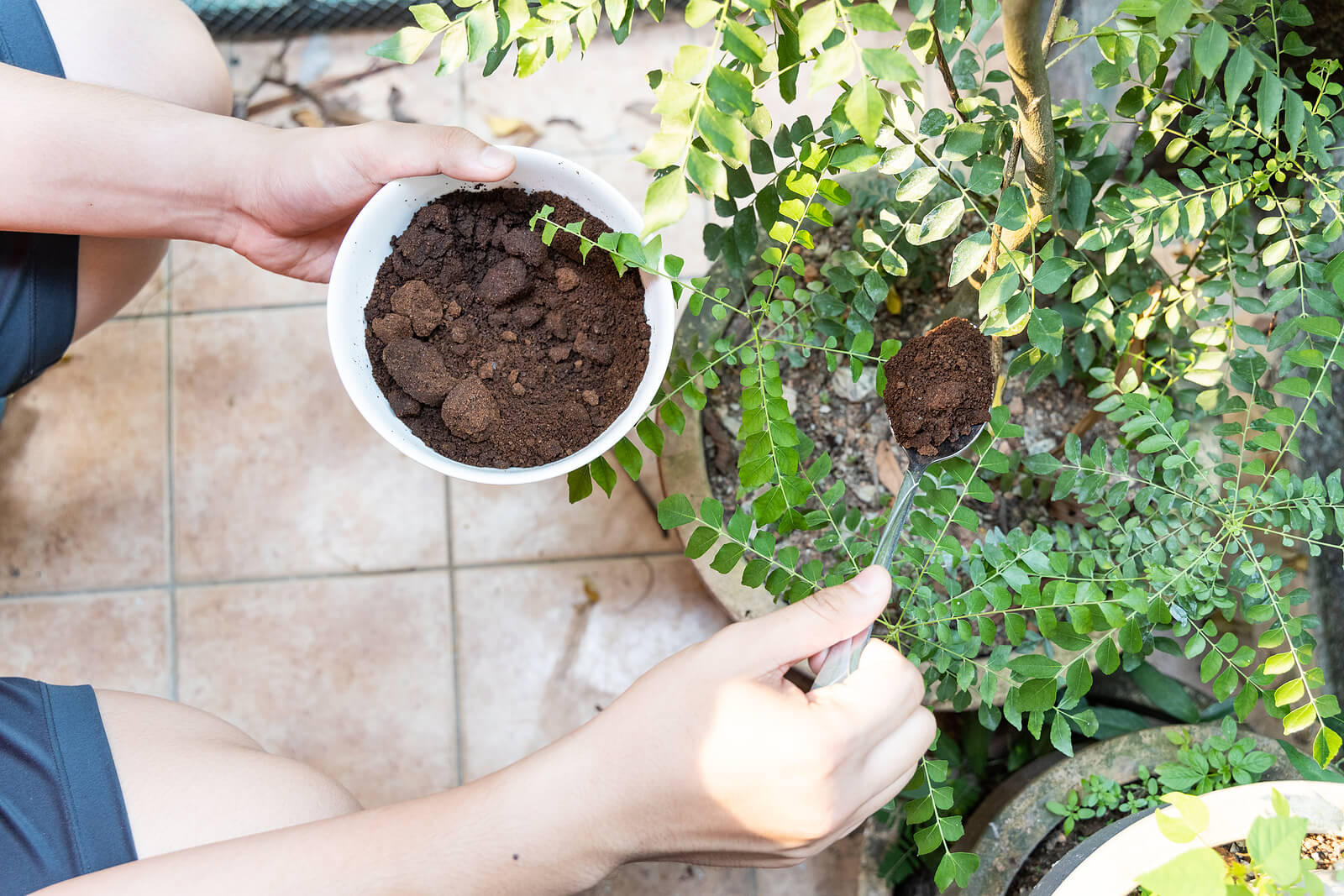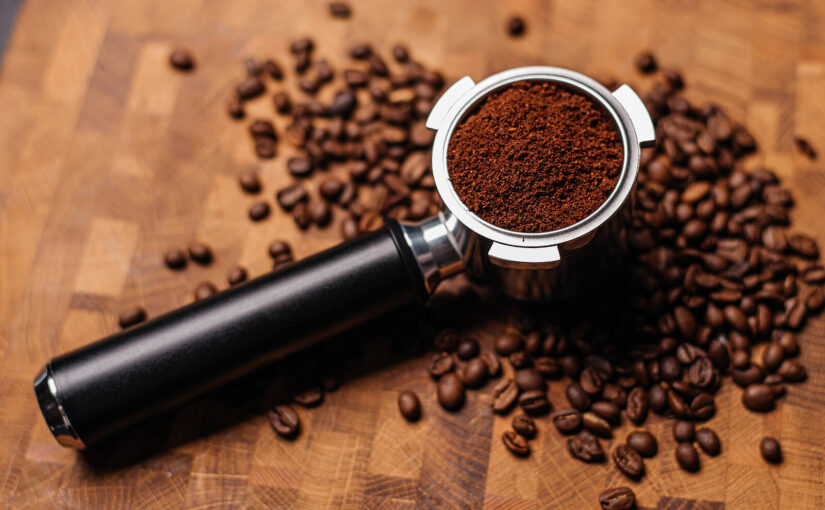Used coffee grounds are often seen as standard waste and are typically disposed of after they’ve been used to make coffee.
However, there are many ways to reuse coffee grounds. Knowing what you can do with your leftover coffee can free up space in landfills, benefiting the environment.
This blog post will explain what coffee grounds are, examine if you can reuse them to make more coffee, and outline various inventive ways to reuse them for other purposes.
What are coffee grounds?
The fruit-bearing coffee plant grows coffee cherries in clusters (like grapes) along its short stems. The plant grows naturally in several countries, including Brazil, Vietnam, Colombia, Indonesia, and Ethiopia. The cherries are green and then turn a vivid red as they ripen.
The seed of this red fruit is the coffee bean, and there are often two green beans inside each cherry.
When ripe, the coffee beans are harvested, processed, dried, and roasted for the ultimate flavour.
So, to answer the original question, coffee grounds are ground and roasted coffee beans, and used coffee grounds are the spent remains.
Next time you visit your local coffee shop, you’ll no doubt take notice of the machines in use and how the coffee beans are poured into them, ground up, and then used to produce your delicious cappuccino.
If you make fresh coffee at home, roasted beans are available whole or pre-ground, and coffee machine pods contain grounds, too.
Can you reuse coffee grounds to make more coffee?
You may wonder if coffee grounds are single-use or if you can reuse them to make more coffee. If so, how many times can you reuse coffee grounds? And can you reuse coffee pods?
The answer here is subjective, depending on how dedicated you are to drinking the perfect brew.
Unfortunately, a second serving of coffee from the same grounds will never taste as good as the first, as used coffee grounds contain fewer soluble flavours than they did initially.
You could make a second cup from the grounds if you lower your flavour expectations or are willing to add less water and try various temperatures.
There is very little ground left in single-use coffee pods, so it’s unlikely you can reuse them.
A sustainable alternative to single-use coffee pods would be to purchase a reusable coffee pod and fill it with new grounds instead.
Alternative uses for coffee grounds

If you make fresh coffee at home, you may ask yourself, “what can I use coffee grounds for?”
While you can dispose of coffee grounds in the bin, it’s far from ideal when they can be used in many ways. Let’s take a look at ways you can reuse your coffee to avoid culminating waste.
Coffee grounds for your garden
Coffee grounds can deliver rich nutrients to your garden, such as nitrogen, potassium and phosphorus — these incredible benefits can be reaped in various ways.
You can sprinkle the grounds on soil and lightly rake them in to function as a slow-release fertiliser that your plants will love.
Acid-loving plants, in particular, will thrive in the enriched soil. Be mindful not to place the grounds where seeds are germinating or where tomatoes or rhododendrons are growing. Seeds may be prevented from germinating, and the leaves could turn brown.
Alternatively, you might like to add coffee grounds to your compost heap as a ‘green’ component — every compost bin requires a mix of green and brown waste to function well.
A final suggestion related to gardening is to grow mushrooms from your coffee grounds. All you need is the grounds, a clean container (or specialist filter patch grow bag if you prefer), and mushroom spawn.
Coffee grounds as a pest repellent
Due to their abrasive nature, coffee grounds are ideal for keeping slugs, snails and ants at bay outdoors — simply sprinkle them in a line where you need a barrier.
Coffee grounds can also keep squirrels away as they dislike the smell, but don’t use this method if you have pets or other animals visiting your garden.
Likewise, don’t be tempted to use grounds to repel cats from your garden — even ingesting a small amount can put cats and dogs in grave danger.
Cooking with coffee grounds
As you might expect, coffee grounds are edible, so why not use them for cooking up a storm in the kitchen?
Best suited to desserts, you’ll find plenty of delicious coffee ground recipes online — from pumpkin latte brownies to caramel and coffee-infused crème brulee.
Coffee grounds for beauty
You may be surprised to learn that coffee grounds can make a worthwhile addition to your daily beauty routine thanks to their granular texture and other desirable properties.
Coffee grounds contain antioxidants and a wealth of other nutrients that benefit your skin.
At the first sign of chapped lips, mix half a teaspoon of grounds with half a teaspoon of honey or a vegan alternative and rub on your lips for 30 seconds. Remove with a wet washcloth and apply lip balm to protect from further chapping.
For a facial scrub and mask, mix olive oil and coffee grounds in equal parts and apply to your face in small circular movements. Leave the mask on for a minimum of 15 minutes and a maximum of an hour. Wash off with warm water and dab dry with a clean towel.
If you enjoy a hot coffee while out and about, you’ll enjoy our blog post on how to avoid single-use coffee cups. For a fun read while you sip that caffeine hit, head to our blog post on interesting facts about coffee.
